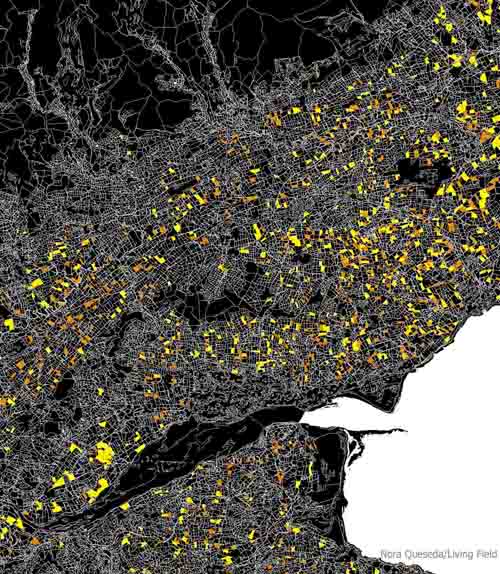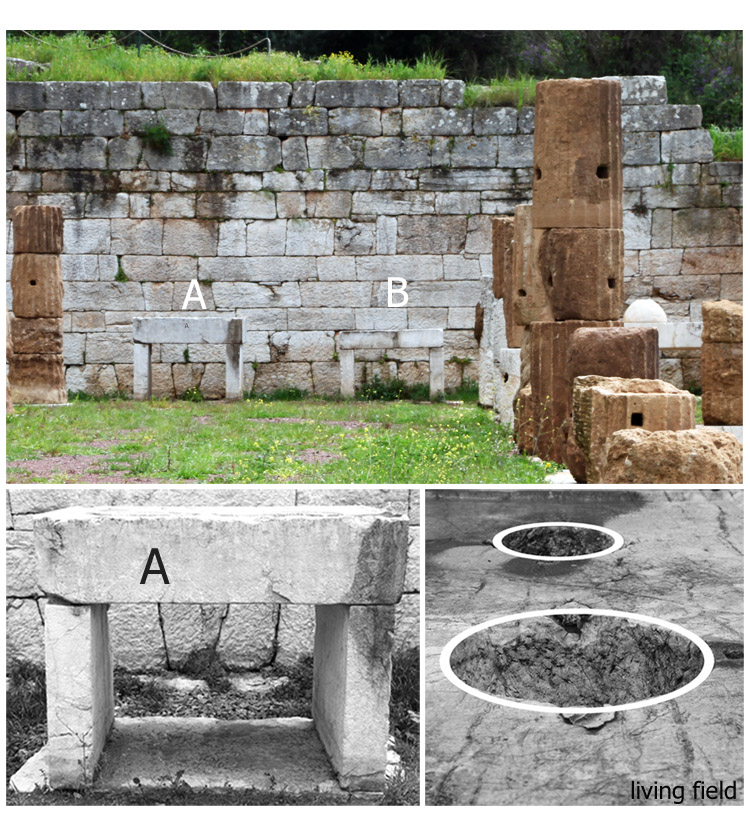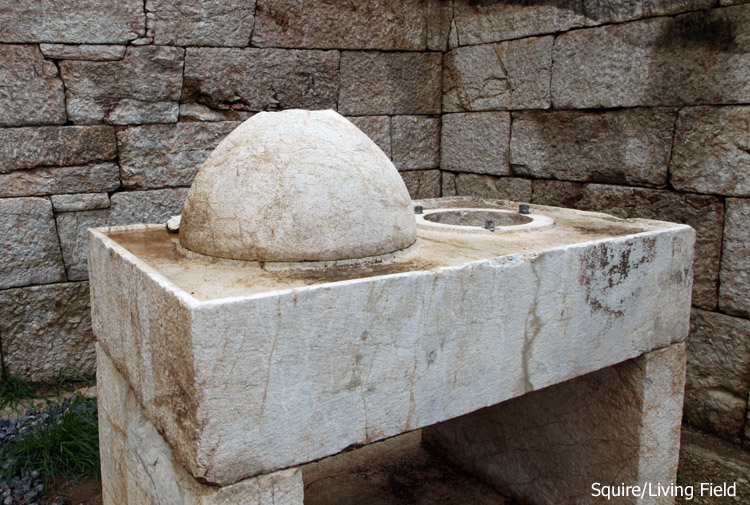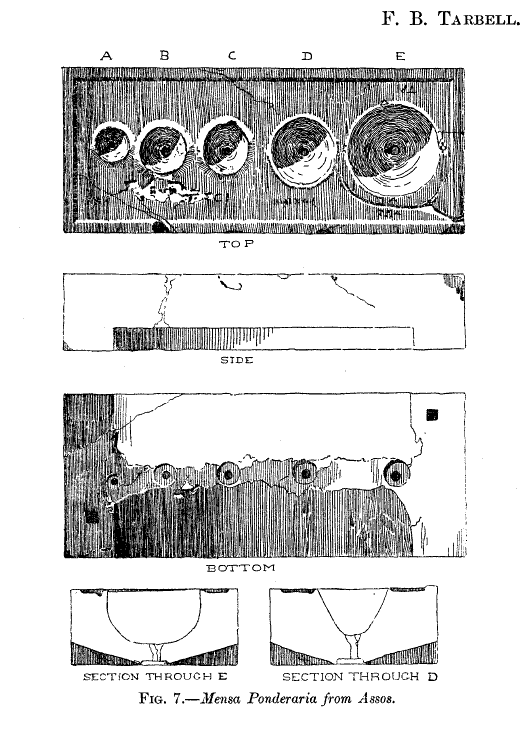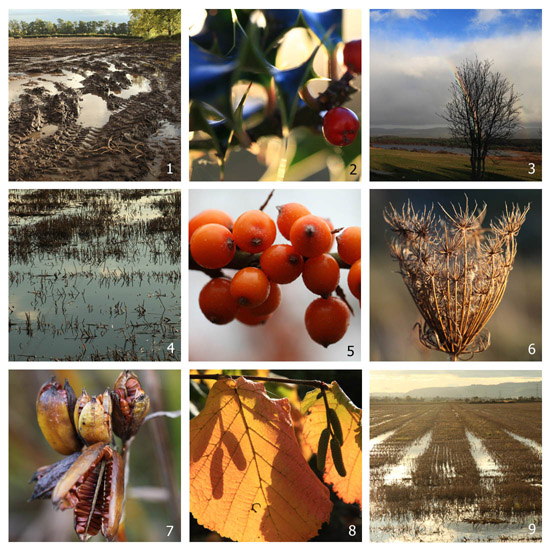Now here’s an informative article by Iseabail Macleod on the occurrence of names for corn from the 12th century to 1700.
The article starts with: ‘What does the terminology of cereal crops and their products in the Dictionary of the Older Scottish Tongue (DOST) tell us about the language and diet of Lowland Scotland in the period? Her review of the records leads to the statement “Cereals … after 1550 became dominant, as the most economic way to feed a growing population. The earliest staple crops were oats and bere.” Wheat is stated as a “the food of the privileged, a cash crop and not normally consumed by ordinary people.” The author says that the best sources of information are “administrative documents, including court and burgh records, and the Treasurer’s Accounts.” (Ed – agreed, conventional histories the world over hardly mention what feeds the people.)
Wheat the food of the privileged then? Not so true today – many people eat imported wheat as white sliced or cereal nibbles, while bere is becoming a gourmet delight. (Just think) bere bannocks, made from Orkney bere-meal and pure water, cooked on a cast iron griddle wood-fire-heated, drizzled with home-grown cold-pressed lime-infused rapeseed oil and enjoyed with a glass of micro-brewed Colonsay or Arran (Source: gourmet trials in progress, Living Field).
Bere and barlie
Barley and oats have kept northern people going for thousands of years (north of the sub-tropics and mediterranean, that is) and both of these cereals appear together in DOST. But do the records tell us anything about the difference between barley and bere.
Macleod writes that in DOST, bere also occurs as bear and bair, also beir. Big or Bigg (from Old Norse Bygg) “does not seem to be in the DOST record” “though it occurs in Northern English” and more recently in Scots after 1700 (see SND).
So bere, bear and bair (also beir) were used before 1700 in Scotland, but what about barley? Macleod writes that the word barlie was used as early as about 1500 but that barlie and barley are both rare before 1700.
But were bere and barley different in those days? Hard to tell. Macleod cites the use of the term ‘barley beir’, but (we ask) was this a form of barley or a form of beir, or was it just that people sometimes used both words to mean much the same thing or simply just got confused?
Conclusions
The various forms of bere and barley were found in the DOST records, but the forms of bere were more common. The forms of bere were used a couple of hundred years before the Scandinavian bigg was first recorded. The article gives no firm evidence either way that bere and barley were regarded as being different things.
Sources
Macleod, I. 2005. Cereal terms in the DOST record. In: Perspectives on the Older Scottish Tongue. Eds Kay CJ, Mackay MA, pp 73-83, Edinburgh University Press. Reproduced online in the Scottish Corpus of Text and speech Document 840. http://www.scottishcorpus.ac.uk/document/?documentid=840
DOST = A Dictionary of the Older Scottish Tongue. Older Scots 12th century to 1700. http://www.dsl.ac.uk
SND = The Scottish National Dictionary. Modern Scots 1700-2005. http://www.dsl.ac.uk
Scottish Corpus of Texts and Speech http://www.scottishcorpus.ac.uk

